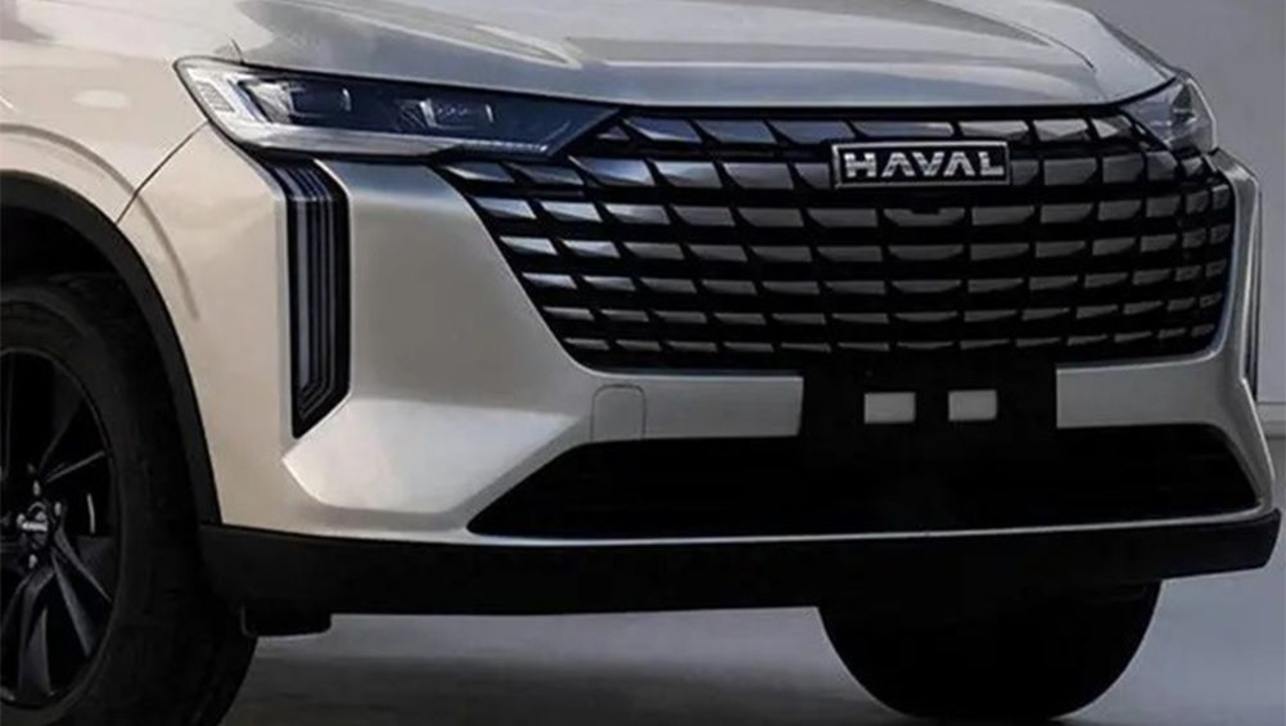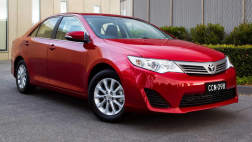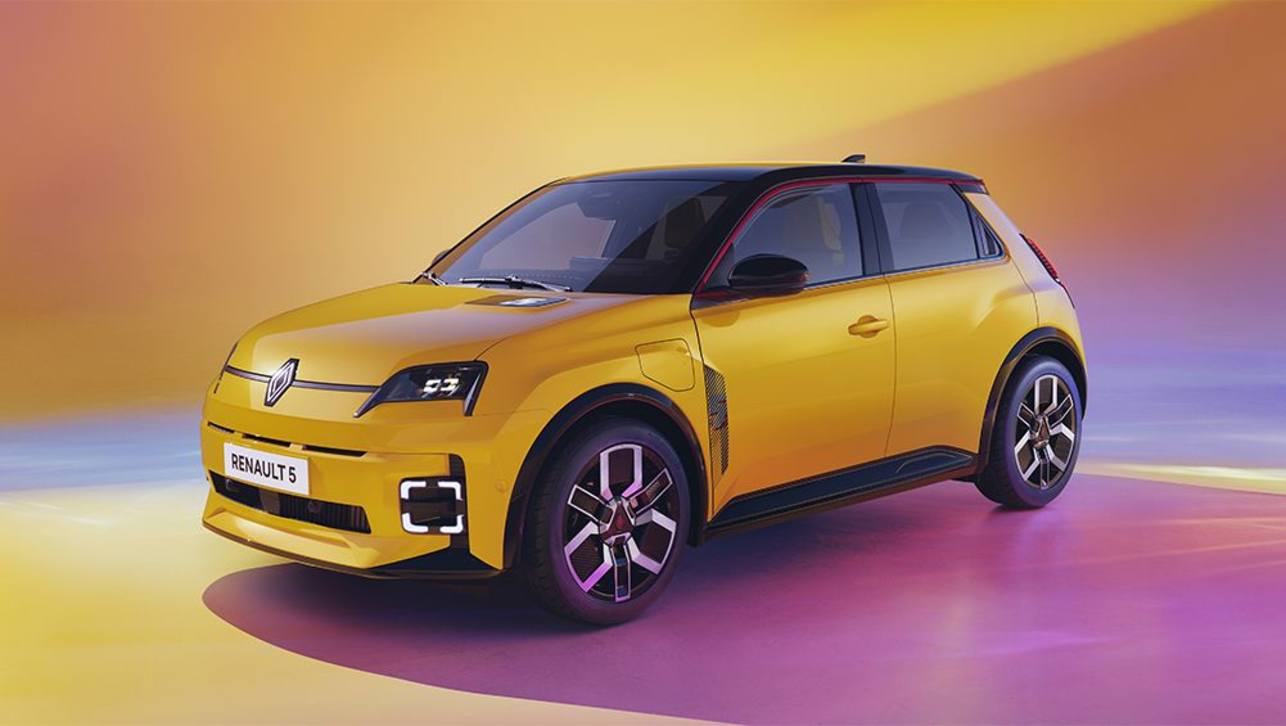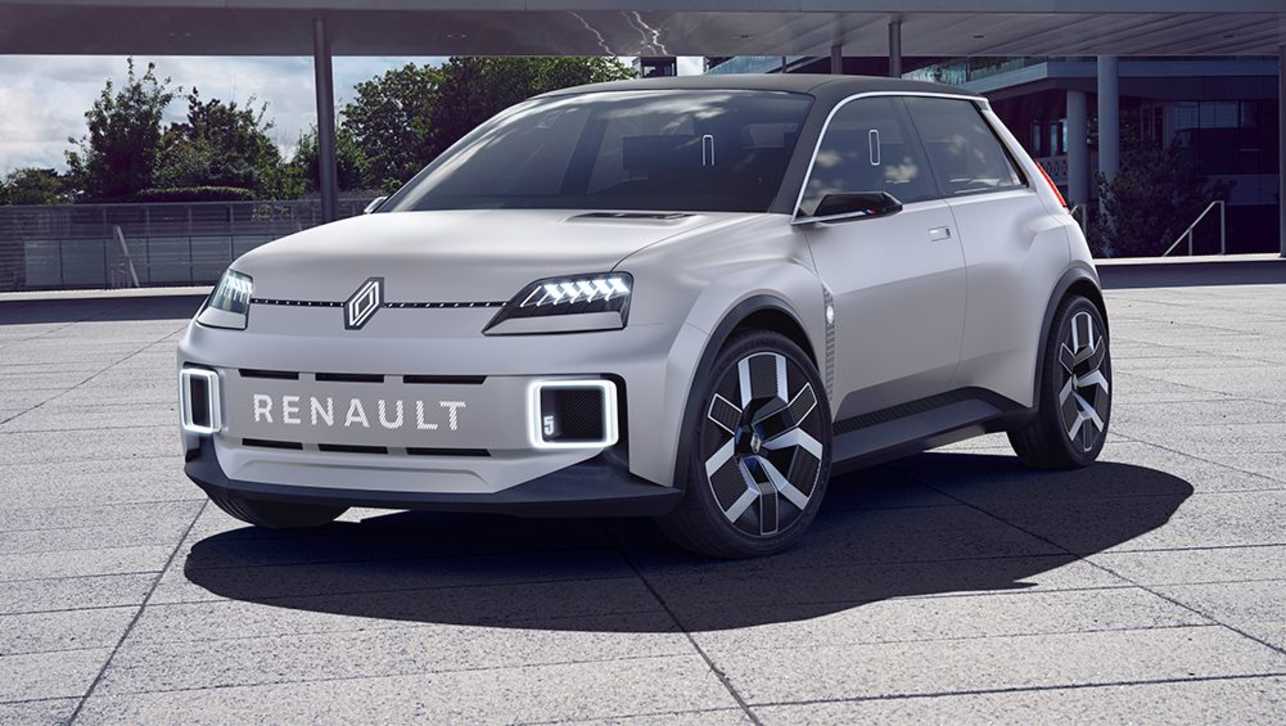A two-seater with a rich history is set to lead Renault's renaissance in performance models.
Cross your fingers now and wish for Australia to get the sauciest French sports car in decades.
Alpine has just revealed the mid-engined two-seater that will become the spearhead for a Renault renaissance in performance cars, as well as providing a halo car for the whole company.
The Alpine Vision concept to make its debut at the Geneva motor show next month follows an earlier teaser machine under the Alpine banner.
But it is much more than window dressing, with up to 80 per cent of the car's features likely to make it into to full-scale production in 2017.
The questions about right-hand drive and arrival here are still to be answered but Renault Australia is confident. The company's Emily Fadeyev says: "We've put forward a strong expression of interest for Alpine and it's looking positive. But it is not confirmed. There has been talk about the UK, Japan and Australia. So if you don't have right-hand drive..."
Renault is pulling every heart string it can, taking the Alpine Vision to the French Alps
The Alpine Vision comes as Renault also confirms a management change that will propel the model on to the road.
Bernard Ollivier, a Renault veteran who led the original investigation into Alpine and drafted the resurrection plan, has now been replaced as company CEO by Michael van der Sande, previously senior vice-president for global marketing at Renault. He plans to tap a growing global demand for premium sports cars that will double sales by 2020.
Renault is pulling every heart string it can, taking the Alpine Vision to the French Alps as well as the scene of some its greatest motorsport successes on the classic Monte Carlo Rally.
But the project has not run completely smoothly. The original plan for a partnership with Caterham — the British sports car company that was also involved in Formula One — floundered as the grand prix operation owned by Malaysian businessman Tony Fernandes went bankrupt.
The Vision show car has a sleek profile, leading with a rounded bonnet with twin round headlamps and ending with a conspicuous rear wing.
More importantly, it is powered by a turbocharged four-cylinder engine that can launch it to 100km/h in less than 4.5 seconds.
The cabin is a mix of luxury and performance materials, from extruded aluminium to top-grade leather for the seats. The driver can customise the displays on its touchscreen.
In a piece of show-car theatre, the engine can be started only after a safety pin has been removed.
Production of the Alpine will be at the Dieppe factory already used by Renault Sport, which is set for a major modernisation.
Rarefied air
Rally driver Jean Redele established Alpine in 1955 following giant-killer motorsport successes in events including the Mille Miglia road race in Italy and the Le Mans 24-hours in France.
The garage owner from the French town of Dieppe chose the Alpine name because of his wins in the Coupe des Alpes rally and used Renault mechanicals because of his familiarity with the brand, starting with the workmanlike 4CV.
His cars were always wrapped inside good looking fibreglass sports car bodywork, including the classic A110 which was a multiple winner in the Monte Carlo Rally and also claimed the Castrol Rally in Canberra in the 1970s with Bob Watson driving.
Apart from sports cars, Alpine also produced single-seater and sports racing cars, as well as running special projects for Renault including construction of the radical mid-engined R5 Turbo in the 1980s.
Alpine production peaked with the rear-engined A310 V6 between 1976 and 1984, following Renault's purchase of the company in 1973. In all, just 26,666 Alpines were built in France, although another 3454 were constructed under licence in Brazil, Bulgaria, Mexico and Spain.
The Alpine name disappeared in 1995 but the factory in Dieppe has been a production hub for low-volume projects, most recently Renault Sport versions of the Megane and Clio.
Renault has just committed to full factory involvement in F1, having wound its involvement back in recent years to an engine supplier with teams including Red Bull Racing.
Renault pioneered turbocharged engines in modern grand prix racing in the 1970s as a manufacturer operation. It supplied the powerplants for the world championships won by Williams with Damon Hill and Jacques Villeneuve in the 1990s, then returned as a factory team in the noughties when it took back-to-back championships with Fernando Alonso.
It had a disastrous 2015 season but now company chief Carlos Ghosn is providing the cash and commitment for a return at the Australian Grand Prix next month with young guns Kevin Magnussen and Jolyon Palmer as drivers.
The team is now known as Renault Sport, a name that will carry through to the next generation of road cars.



.jpg)
.jpg)



.jpg)
.jpg)
.jpg)

.jpg)
.jpg)

.jpg)
.jpg)




.jpg)
.jpg)


.jpg)




Comments